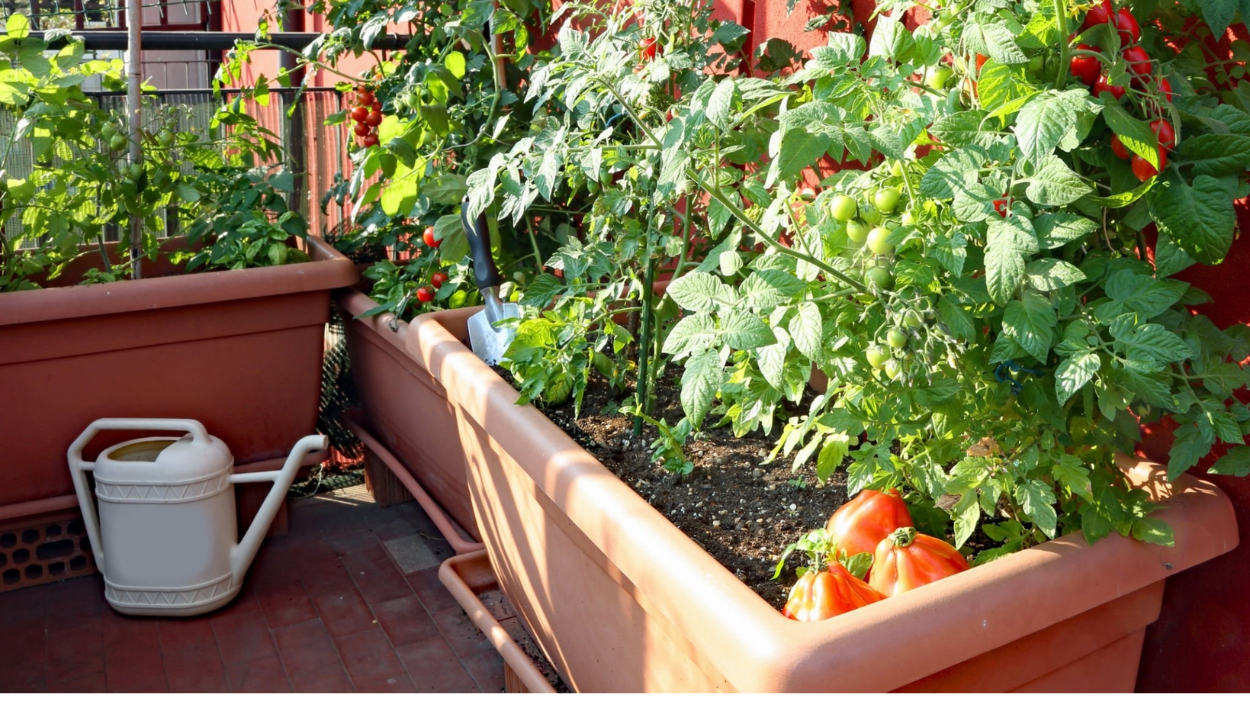Growing lemongrass in your garden is a rewarding experience that adds a fresh and citrusy touch to your culinary creations. Start by obtaining lemongrass stalks or seeds. Plant them in well-draining soil and provide ample sunlight and water. Lemongrass is a tropical plant that thrives in warm climates. With proper care and maintenance, you can enjoy its aromatic leaves and use them to infuse delicious flavors into teas, soups, and stir-fries.
Characteristics of Rosemary
Common Name: Lemongrass
Scientific Name: Cymbopogon spp.
Soil: Light, moist, and fertile
Light: Full sun
Water: Plentiful
Cymbopogon citratus, the scientific name for lemongrass, is a herbaceous plant that has slender, grass-like leaves with a pleasant citrus flavor and aroma. It grows in clumps and normally reaches heights of 3 to 6 feet. Tropical and subtropical locations are where it is most frequently found. This adaptable herb is frequently used in Asian cooking to give curries, stews, and stir-fries a zesty and energizing touch. For both culinary and medicinal uses, lemongrass can be used fresh, dried, or as an essential oil. It offers a blast of citrus deliciousness. Lemongrass requires frequent watering, lots of sunlight, and soil that drains well in order to thrive. It is a preferred option for increasing the flavor and scent of numerous culinary creations due to its bright flavor and fragrant qualities.
Varieties of Lemongrass
Cymbopogon citratus: This West Indian variety is the most commonly cultivated type for culinary purposes and is known to have a larger size and enhanced flavor compared to the East Indian species, as stated by Logee's Greenhouses.
Cymbopogon flexuosus var. flexuosus: This East Indian variety has a more seedy nature than the West Indian type and is characterized by red stems and leaf sheaths. It is reputed to yield the highest quality lemongrass oil. However, caution should be exercised in regions where it can become invasive.
Cymbopogon flexuosus var. albescens: This East Indian variety, referred to as the "white" variety, lacks the reddish coloring found in the red type and is considered less desirable for oil production.
Preparation for Growing Lemongrass
To prepare for growing lemongrass, consider the following:
1. When to Grow:
- Lemongrass is a warm-season herb and thrives best in temperatures between 70°F and 95°F (21°C – 35°C).
- It is typically grown in spring or early summer when the temperatures have warmed up.
2. Where to Grow:
- Choose a sunny location for growing lemongrass, as it requires at least 6-8 hours of direct sunlight daily.
- Ensure the chosen spot has good air circulation to prevent moisture-related issues.
3. Soil Preparation:
- Lemongrass prefers well-draining soil. Prior to planting, amend the soil with organic matter, such as compost, to improve drainage and fertility.
- Aim for a slightly acidic to neutral soil pH between 6.0 and 7.5.
- Remove any weeds or grass from the planting area to minimize competition for nutrients and water.
Key Aspects for Growing Lemongrass
Here are the key aspects of growing lemongrass:
1. Seeding:
- Lemongrass can be grown from seeds or propagated through root divisions.
- If starting from seeds, sow them in a seed tray or pots indoors 6-8 weeks before the last frost date. Transplant the seedlings outdoors once the threat of frost has passed.
2. Water:
- Lemongrass requires regular watering to keep the soil consistently moist but not waterlogged.
- Water deeply and allow the top few inches of soil to dry out before watering again.
- Avoid overwatering, as it can lead to root rot.
3. Fertilize:
- Apply a balanced organic fertilizer or compost around the base of the lemongrass plants every 4-6 weeks during the growing season.
- Avoid excessive nitrogen fertilizer, as it can result in more foliage growth than essential oils.
4. Pest and Disease:
- Lemongrass is generally resistant to pests and diseases.
- However, keep an eye out for common garden pests like aphids or mites. Use organic pest control methods if necessary.
- Ensure good air circulation and avoid overwatering to prevent fungal diseases.
5. Harvest:
- Harvest lemongrass when the stalks reach a suitable size, usually around 1/2 to 3/4 inch in diameter.
- Cut the stalks close to the base using sharp garden shears.
- Use harvested lemongrass fresh or store it by freezing or drying it for future use.
Frequently Asked Questions
Q: Can I grow lemongrass indoors?
A: Yes, lemongrass can be successfully grown indoors, making it an excellent option for those with limited garden space. Choose a large pot or container with good drainage to accommodate the plant's root system. Place the container in a sunny location where the lemongrass can receive 6-8 hours of direct sunlight per day. Maintain a warm and humid environment, as lemongrass prefers temperatures between 70-85°F (21-29°C). Regularly water the plant to keep the soil consistently moist, but avoid overwatering to prevent root rot.
Q: How often should I water lemongrass?
A: Proper watering is crucial for lemongrass growth and health. Water the plant deeply, allowing the water to reach the roots. Lemongrass requires consistent moisture, so check the soil regularly and water when the top few inches feel dry. Aim to keep the soil evenly moist but not waterlogged. In hot weather, lemongrass may need more frequent watering. Adjust the watering schedule based on the climate and moisture needs of your specific growing conditions.
Final Thought
In conclusion, growing lemongrass is a rewarding endeavor that adds beauty, fragrance, and culinary delights to your garden or indoor space. With proper care and attention to its needs, you can enjoy an abundant harvest of aromatic stalks and harness the unique flavor of lemongrass in your culinary creations. Start your lemongrass journey today and savor the vibrant tastes it brings to your table.




